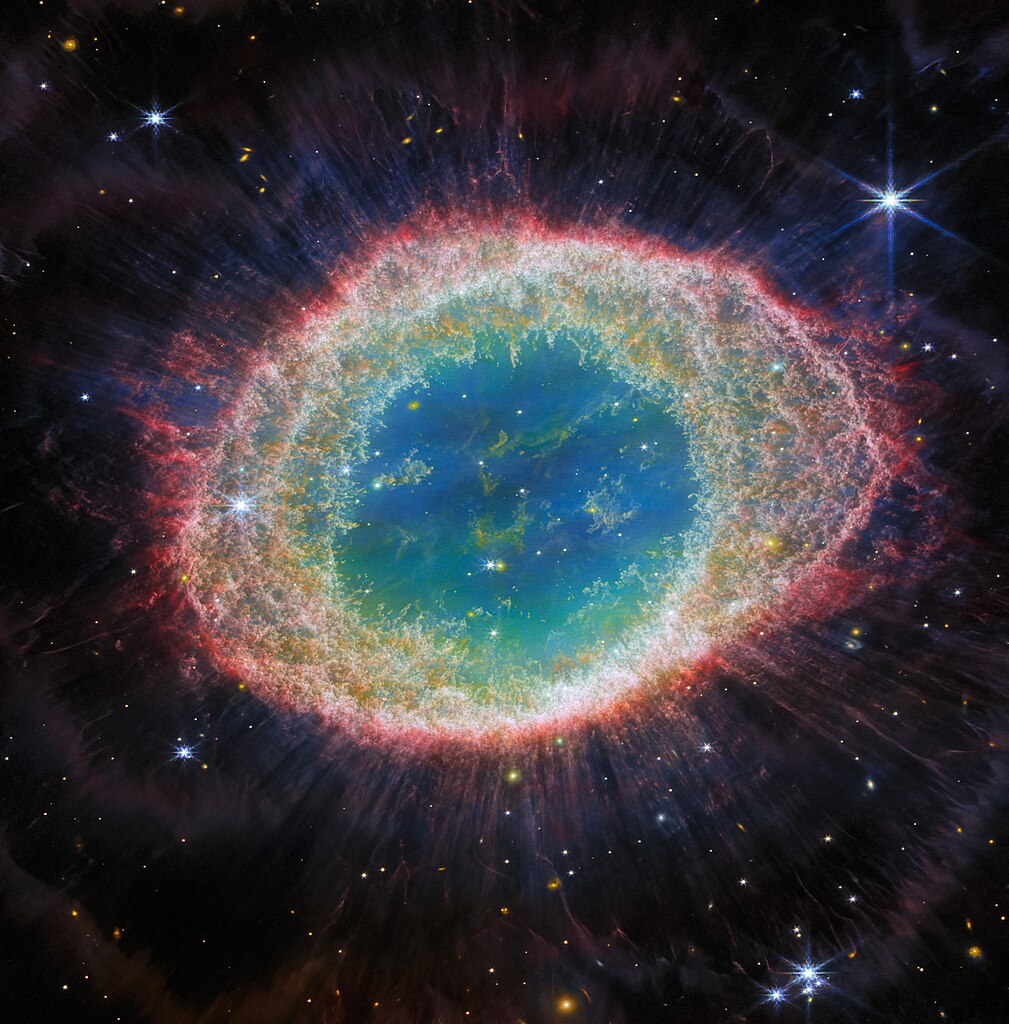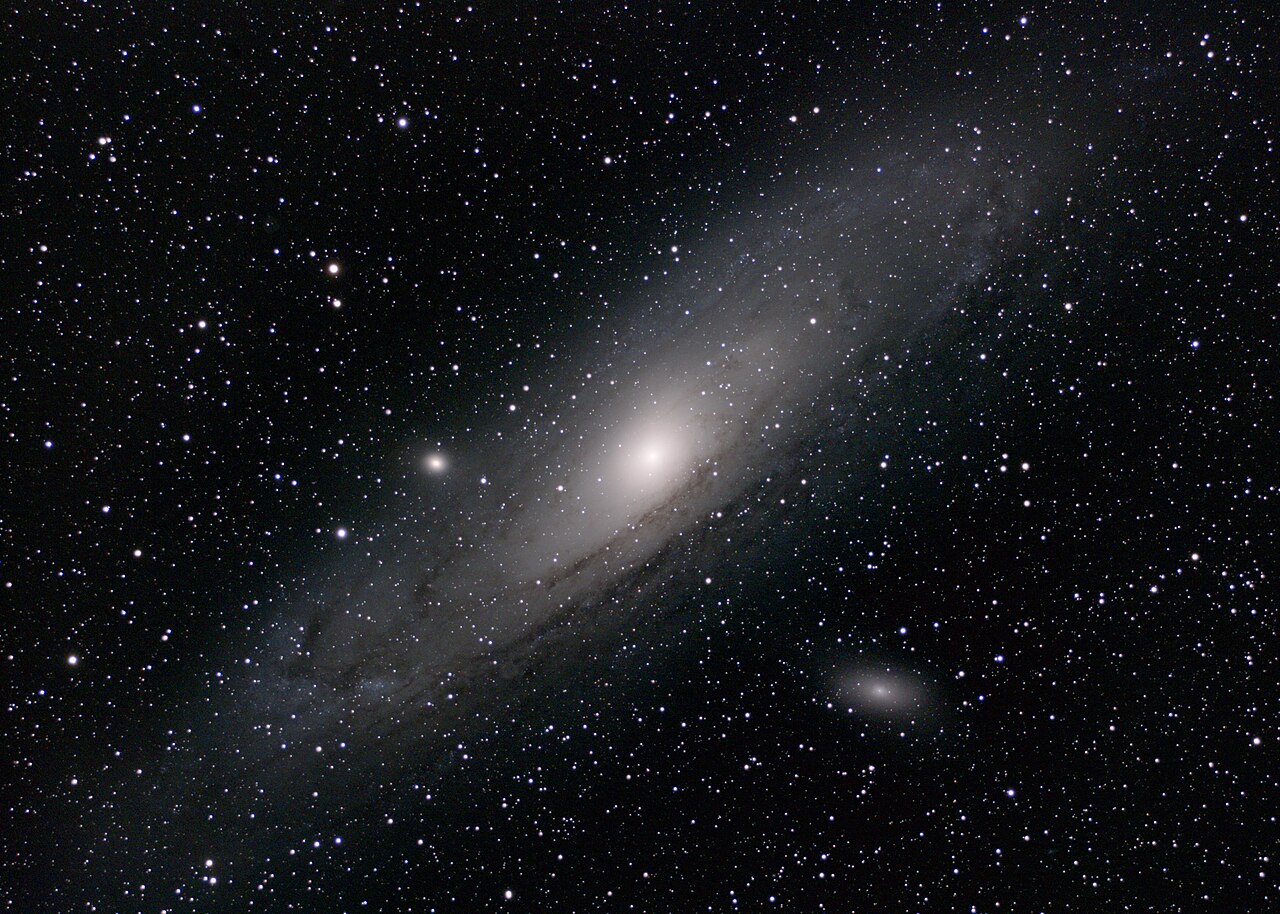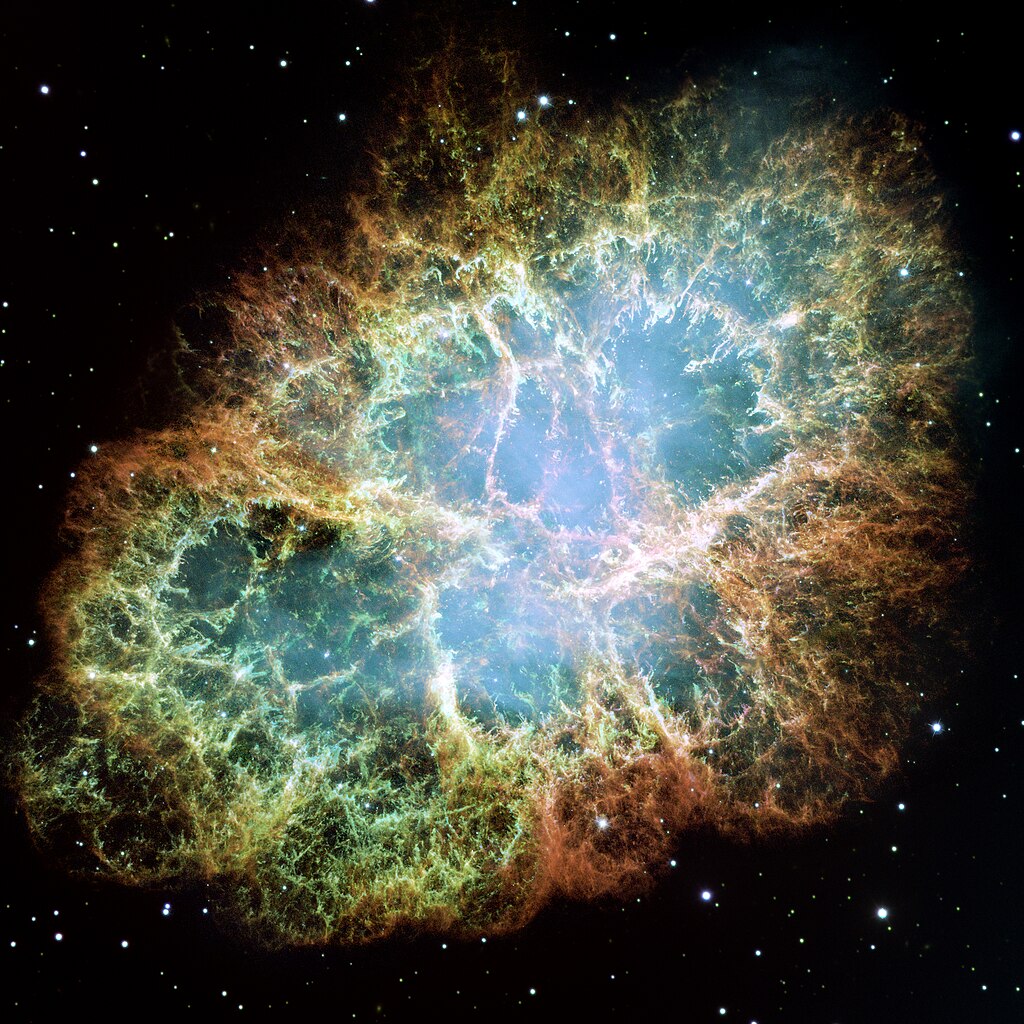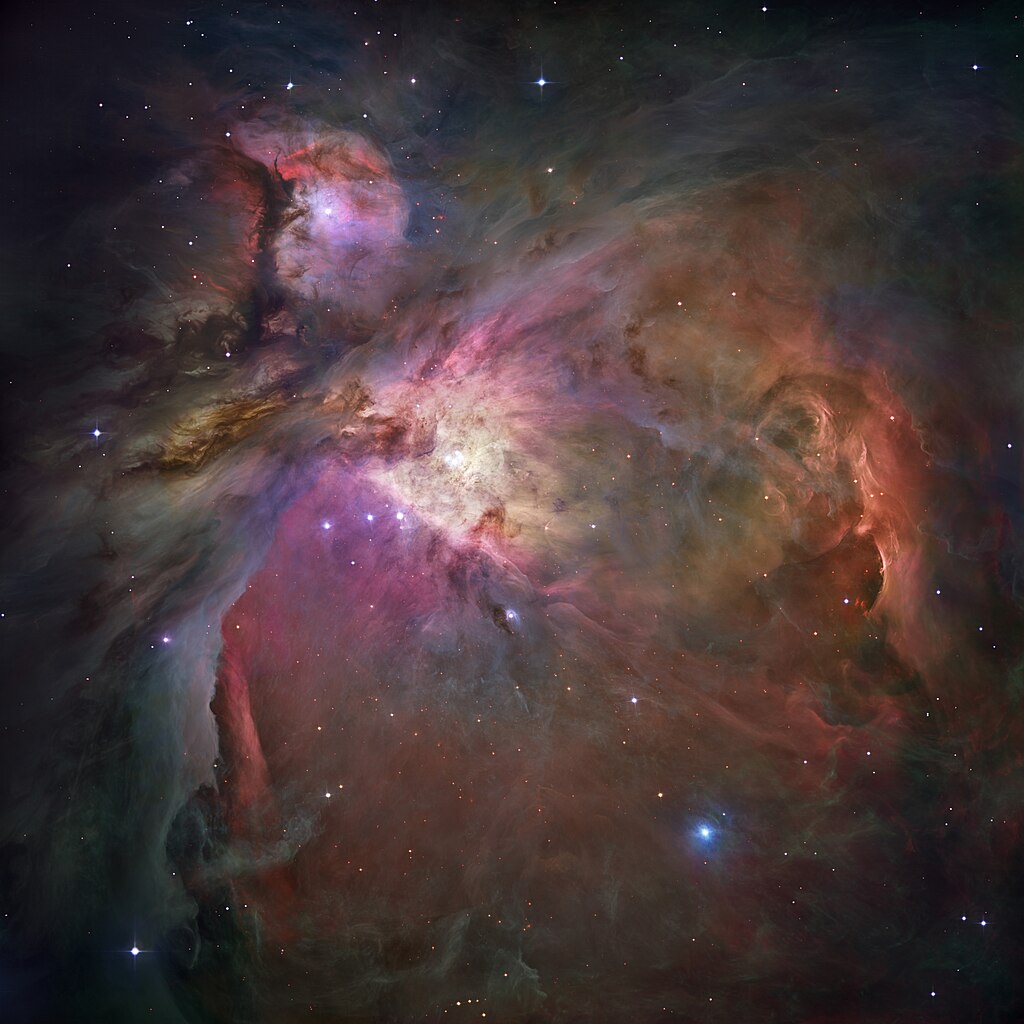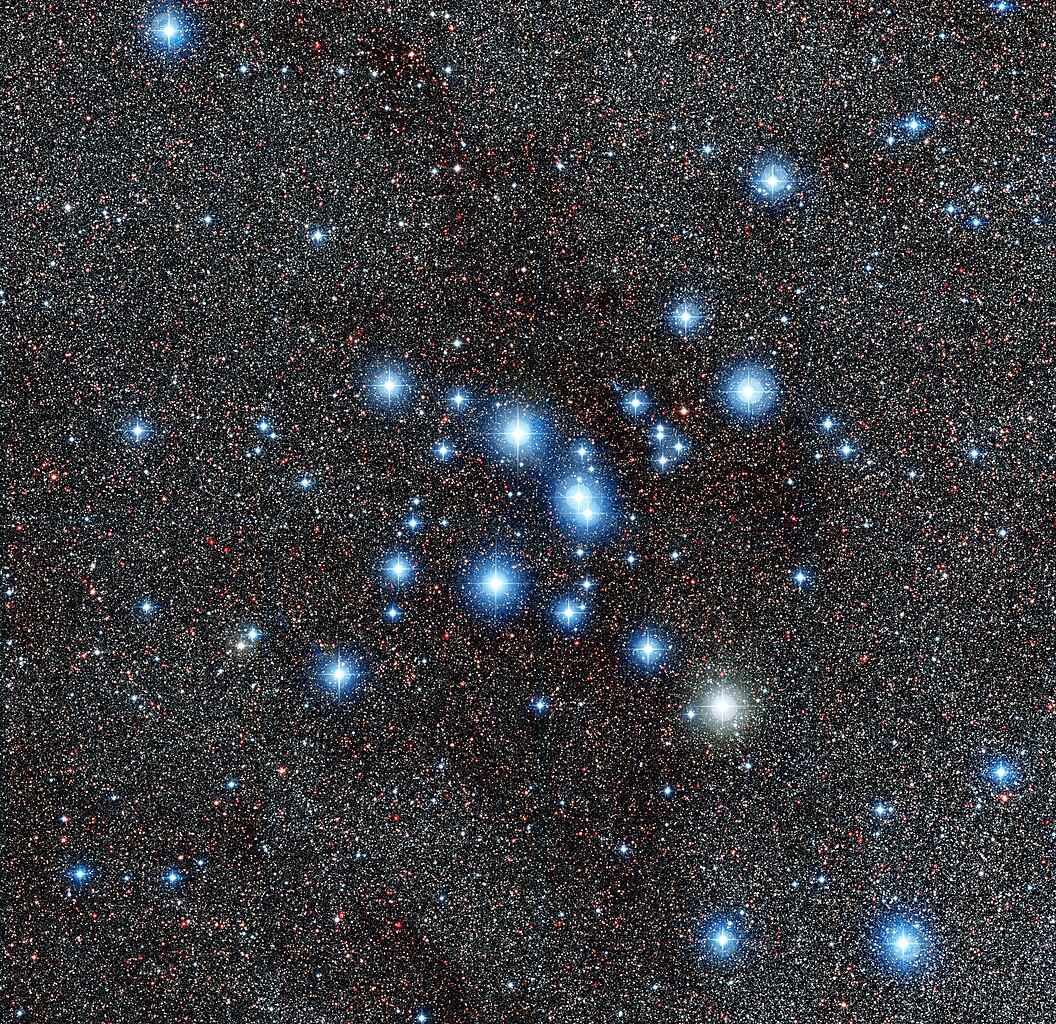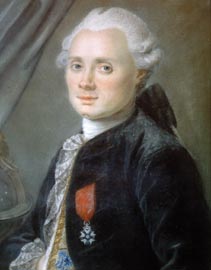The six rotating photos to the right represent the six categories of Deep Sky Objects (DSOs) (read more below). These photos are spectacular because they were taken by some of the most advanced professional telescopes so don't expect to see anything like these visually through a telescope.
What is it with these M numbers? If you see or hear someone say M followed by the number 1 through 110, it refers to the very first catalogue of Deep Sky Objects compiled by Frenchman Charles Messier in the late 1700s. His list of objects are most of the biggest and brightest as seen from the Northern Hemisphere. Messier did not put an M in front of his entries—that is a modern designation to signify his catalogue.
Catalogue of the Messier “M” Objects